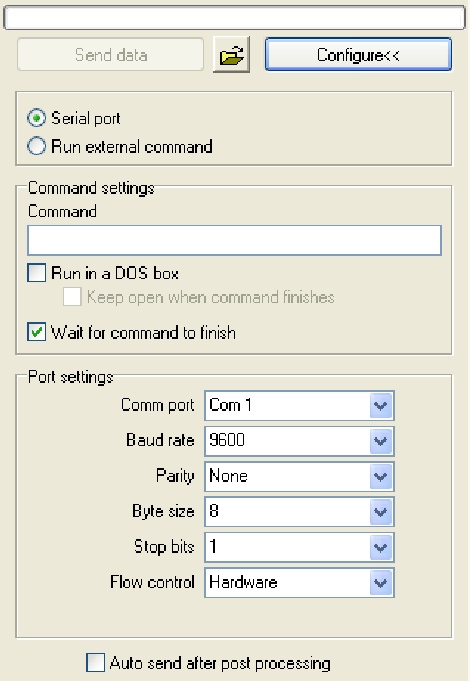

? Only low cost system to offer industrial level features. ? DTHC settings from G-CODE job file using SheetCAM. ? No-pause THC enable/disable during a cut. ? Advanced THC features including Anti-dive (tip saver) and options to Stop ? Readout on the screen of any plasma faults. ? Dynamic Control of Plasma Cut Current and Air Pressure. ? Unlimited Stored Settings uses Hypertherm cut charts. ? All interface is via custom Operator Screens. ? Remote communication and control capability using industry leading ? Only vendor that offers low cost Digital Current Probe to read and display ? Digital noise immune plasma side pickup for accurate readings from 50:1 ? Single cable connections with no internal modifications to the plasma. ? Wide range of Motion Controllers with integrated Torch Height Control ? High speed microprcessor based DTHCII 4th generation control. Read affiliate disclosure here.Using the Hypertherm 65/85/105 Air Plasma As an Amazon Associate I earn from qualifying purchases. Logos By Nick LLC is a participant in the Amazon Services LLC Associates Program, an affiliate advertising program designed to provide a means for sites to earn advertising fees by advertising and linking to. If none of these addressed your problem then leave a comment below and I’ll see if I can help. These are the only 6 reasons I can think of why a path function like union wouldn’t be working as expected. If I wanted the result to be a combination of the circle and the square with the filter applied, I would need to position the square beneath the circle.

So if I were to unify the two objects depicted above, the result would be a green combination of the circle and the square. This is because takes the properties of the lowest object and applies it to the new unified object. However, the union function may not work as you expected.

You theoretically can unify objects that have filters so long as they’re paths. The final reason why a path function like union is not working in Inkscape is because you’re trying to use an object that has a filtered applied, like the example below. If I wanted to apply this texture to a combination of the two shapes, I’d need to unify then together first then apply the text. This is because you cannot perform path functions on masked objects. If I were to unify these objects together, the result would be a green combination of both shapes, but without the texture. In the example above I applied a raster image to a star to give it a grunge texture (I have a tutorial on that here if you want to check that out.) Path functions do not work on masked objects for the same reason they don’t work on clipped objects - they are not paths. You simply cannot unify clipped objects in Inkscape. As you can see in the example above, the result of unifying the clipped blue star with the green circle is that Inkscape referenced the blue square, even though it wasn’t visible any longer. Reason #4: Clipped ObjectsĪnother reason why union may not be working as expecting is because you’re trying to apply it to an object that is clipped with another object.Ī clipped object is not a path, so if you try performing path functions on a clipped object it is not going to work the way you expect it to work.

When you do this, the black line essentially becomes the fill area and you should be able to unify them now. If you want to unify the line and the circle together, you’ll first have to convert the stroke to a path by selecting it and navigating to Path > Stroke to Path. If you unify these two objects together, you’re just going to end up with a green circle. Since there’s no fill area of the black line, there’s nothing there to merge with the green circle as far as Inkscape is concerned.
#SHEETCAM LINES AND WHAT THEY MEEN FULL#
In the following example, the green circle has a full area, but the black stroke does not. So the fix for this is to simply ungroup your text object.Ĭertain path functions (like union) only work on objects that have a fill area. The reason for this is because when you convert a text object to a path, the result is a grouping of individual letters, and as I’ve outlined above, path functions do not work on groups of objects. However, if you have converted your text object to a path then the path functions will not work. You can also grab the Text Tool and see if it’s still editable. You can determine if it’s still a text object by referencing the little node in the bottom-left corner of the object. If your text object is still an editable text object then all of the path functions should work just fine. Performing path functions on text objects is a little tricky.


 0 kommentar(er)
0 kommentar(er)
